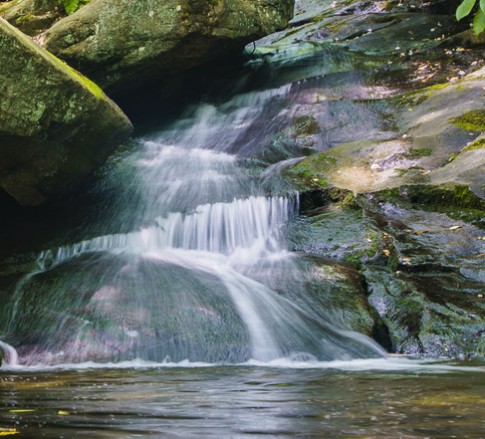EPA Proposes to Add Clarksburg, WV Site to Superfund National Priorities List
April 11, 2016
In the April 7, 2016 Federal Register, EPA proposed to add a site in Clarksburg, West Virginia to National Priorities List. The NPL is intended to guide EPA in determining which sites containing hazardous substances warrant further investigation and remediation under CERCLA.
According to a press release by EPA Region 3, the North 25th Street Glass and Zinc site in Clarksburg consists of four adjacent parcels of land used for glass manufacturing from around 1898 through 1989. In addition, the Clarksburg Zinc Company operated on one parcel of the property from 1911 through 1924. In 1970, the four parcels were deeded to the Fourco Glass Company, which merged into AFG Industries, Inc. and is now known as AGC Flat Glass North America, Inc. AGC sold the property Harrison Warehouse Services in 1988. Harrison uses the warehouse for storage of recycled paper for a pulp facility.
According to EPA, the site was originally listed in EPA’s Superfund database in 1990 following the discovery of asbestos during demolition activities. The asbestos was removed from the site and a preliminary assessment by WVDEP conducted for EPA in 1991 determined that no further action was necessary. In 2009, EPA and WVDEP re-evaluated the site on account of a potential bike trail being established along a former railroad track adjacent to the site. The agencies determined that a site reassessment was warranted and determined that elevated levels of arsenic, lead and zinc were found in on-site soils and sediments of the West Fork River.
In 2010, acting in response to a state request, EPA stabilized soils in the area and capped them with asphalt. From 2011 through 2015, EPA has been evaluating the sediments in the West Fork River to determine whether runoff from the site has contributed to degradation of the river. EPA contends that arsenic, lead, and zinc from the former glass and zinc operations are significantly elevated in the sediments of the West Fork River. If this site becomes placed on the National Priorities List, EPA says that the first step will be a remedial investigation to determine the extent of the contamination and to evaluate potential remedies for clean-up of the site.
This article was authored by Robert G. McLusky, Jackson Kelly PLLC.



